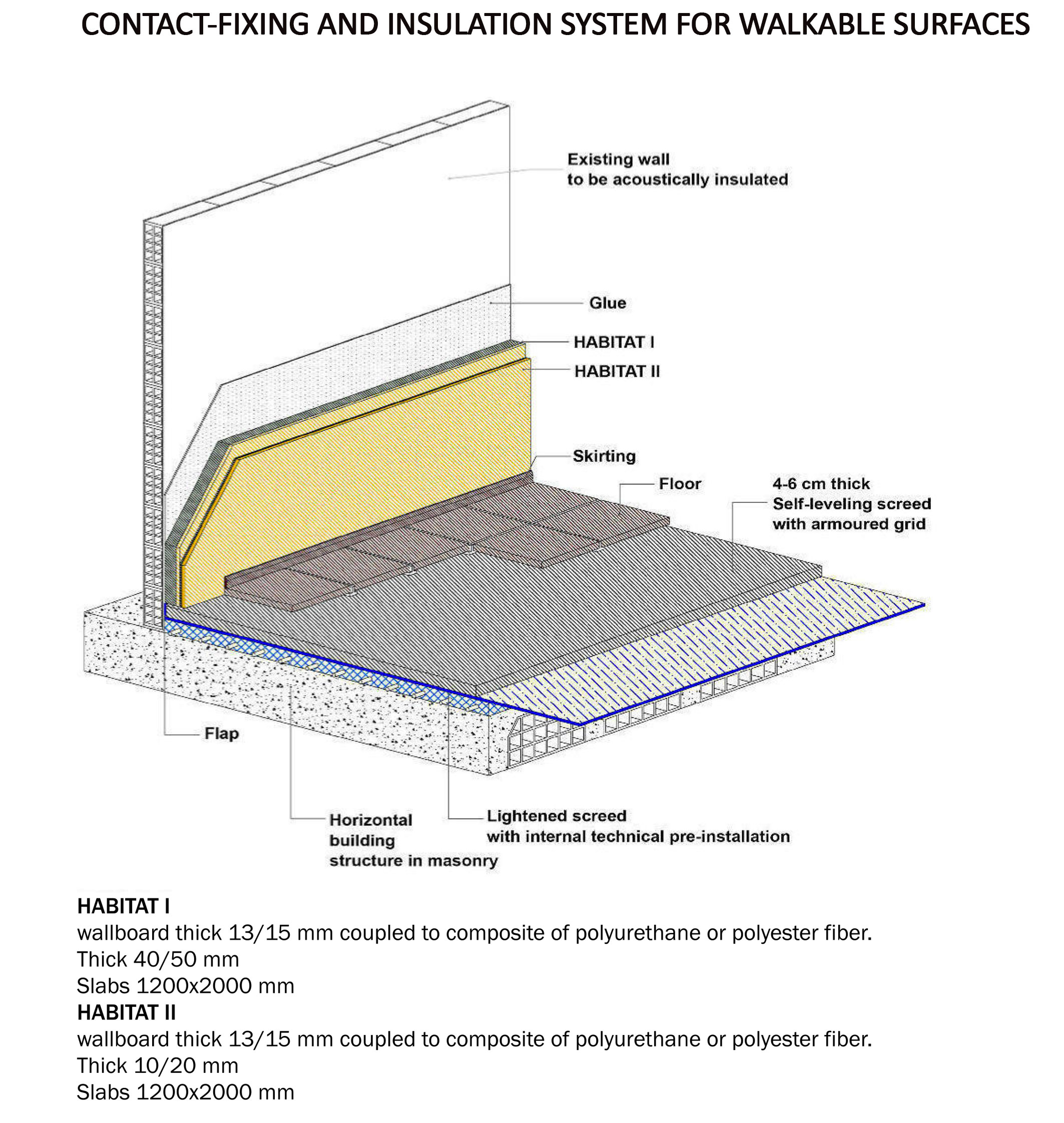Sudden, continuous, batch, floating, stationary, hammering, more or less intense, unpleasant, annoying, mechanical, electrical, and in many other forms and with many other features may be the noise in buildings.
The incessant urban development and the increase of the population density of our city has inevitably increased the possible sources of noise perceived inside buildings, which involves both external factors such as vehicular traffic and productive activities, both internal factors produced by the activity of neighbors or by the operation of technical equipment such as lifts, air-conditioning and heating systems, hydraulic systems.
The structural elements that compose the building, such as walls and floors are the means through which the noise propagates.noise propagate. The sound transmission takes place according to two different mechanisms of propagation: transmission by -Air and transmission through structures.
In the first case, the noise is propagated by Air in the environment through the border structures, while in the second case, the propagation occurs through the solid structures of the building, through vibrations.
Example 1 transmission by Air: disturbing shouting, tv or radio at full volume;
Example 2 transmission through structures : dragging furniture across the floor, impact noise, drills, water mains;

The partition walls between neighboring premises, must offer a good degree of acoustic insulation by preventing the noise, to pass from a border partition to the adjacent room. If this does not happen means that the mass, composed by the wall is too light and is unable to guarantee the acoustic insulation, ≥ 50 dB;provided by theDPCM del 5/12/1997 “Determination of passive acoustic requirements of buildings”.
In order to overcome problems of this kind 2B resins uses HABITAT as a system called "wall of silence" in which the mass - spring - mass principle is exploited.
The laboratory data confirm that a drilled brick wall, of 8 cm, can go from 40-dB RW to Rw 57 with the double panelling of Habitat I and Habitat II applied in adherence.
Different is the approach to the resolution of vibrational noise transmission where more complex and expensive interventions are needed.
